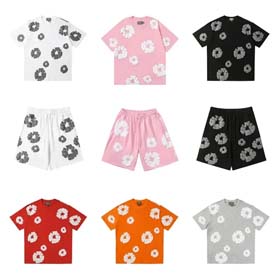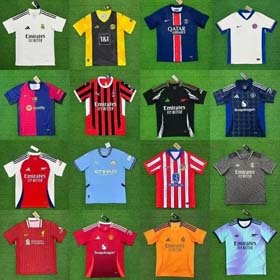Hoobuy Agency Quality Inspection Standardization: How to Design a Quality Control Process Using Spreadsheets
Introduction
With the growth of cross-border e-commerce, agencies like Hoobuy play a crucial role in facilitating purchases from international markets. However, ensuring the quality of purchased goods is a persistent challenge. Standardizing quality inspection (QC) processes through tools like spreadsheets can significantly enhance efficiency, transparency, and consistency in verifying product quality before shipment.
Why Use Spreadsheets for QC Standardization?
Spreadsheets offer several advantages in streamlining Hoobuy’s quality control workflow:
- Scalability: Easily adaptable to different product categories/inspections.
- Transparency: Clearly documented criteria and results for stakeholders.
- Automation potential: Formulas can auto-calculate pass/fail rates or flag discrepancies.
- Cost-effective: No need for specialized software in initial phases.
Steps to Design a QC Spreadsheet for Hoobuy
1. Define Inspection Criteria
Create columns in the spreadsheet for:
- Product ID
- Check Categories
- Tolerance Levels
- Check Categories
2. Standardize Testing Methods
Add instructions for each test (e.g., how to measure dimensions, test electronic devices). Embed these in dropdown menus or hyperlinked guides to ensure consistency.
3. Implement a Pass/Fail System
Use conditional formatting to highlight failures (e.g., red for "Reject," green for "Approve"). Example formula for discrepancies: =IF(B2>tolerance_max,"FAIL","PASS").
4. Track Inspectors & Timestamps
Assign accountability by recording inspector names, dates, and notes on defects (e.g., photography of flaws in column comments).
Template Example (Tabular Structure)
| Order # | Item | Checkpoint | Standard | Result | Status |
|---|---|---|---|---|---|
| HB-2056 | Wireless Earphones | Battery Life ≥8hrs | 7.5hrs (marked) | 6hrs tested | REJECT |
| HB-2057 | T-Shirt | Print Alignment | Centered ±0.5cm | 0.3cm offset | PASS |
Advanced Enhancements
- Data Validation: Dropdown lists for "Checkpoints" to avoid manual errors.
- Dashboard Summary: Pivot tables/Charts to track rejection rates by supplier or category.
- Integration: Export data to Hoobuy’s order management system via APIs.
Conclusion
A well-structured QC spreadsheet standardizes Hoobuy’s inspection process, reduces human error, and builds trust with end-customers. Regular updates based on recurring defects (e.g., adding new checks for frequent issues) will further refine the agency’s quality assurance.



















